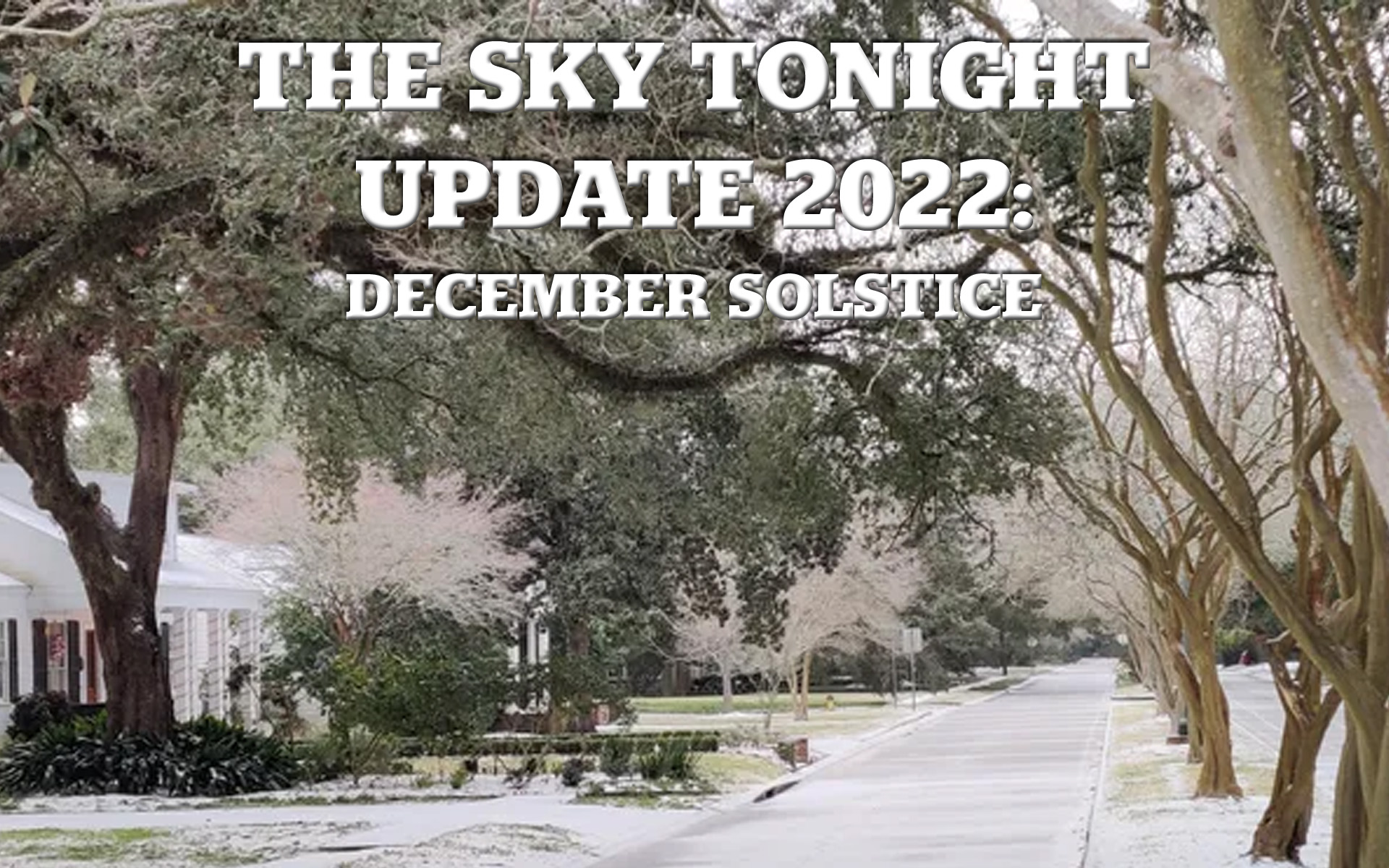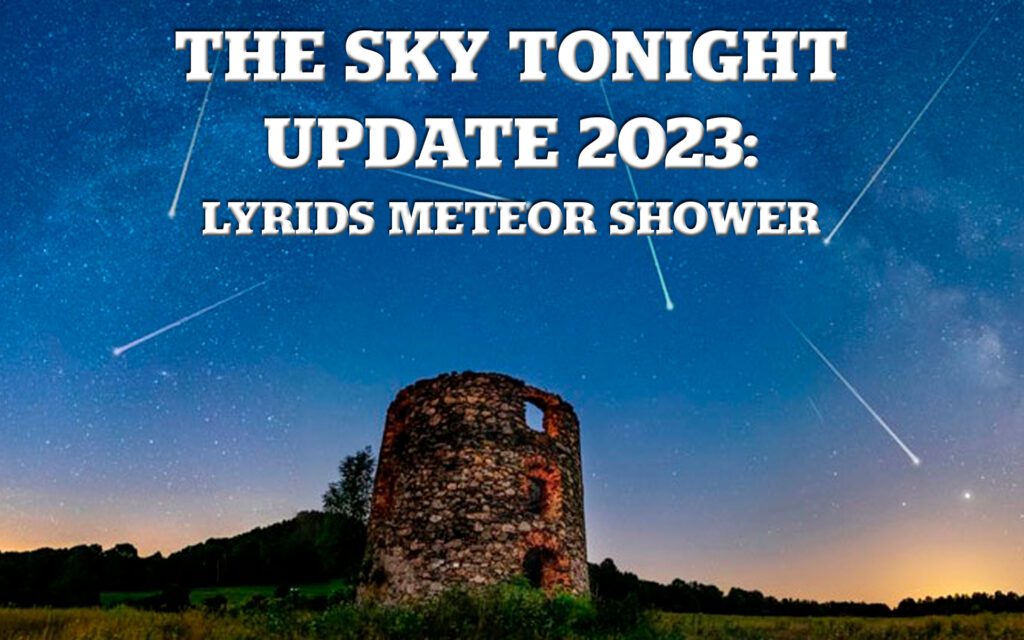The Winter Solstice, or the December Solstice, is the point at which the path of the sun in the sky is farthest south. At the Winter Solstice, the sun travels the shortest path through the sky resulting in the day of the year with the least sunlight and therefore, the longest night. The South Pole of the earth will be tilted toward the Sun, which will have reached its southernmost position in the sky and will be directly over the Tropic of Capricorn at 23.44 degrees south latitude.
While the astronomical change of seasons is related to Earth’s position around the sun and its axis, the meteorological seasons are marked by the first day of a particular month. So meteorological winter proceeds astronomical winter by three weeks, occurring on Dec.1.
The Winter Solstice marks the shortest day of the year, the Summer Solstice marks the longest period of sunlight. Following the Summer Solstice, the days become increasingly shorter, just as the days become longer after the Winter Solstice. During the Summer Solstice, the sun appears at its most northerly in the sky, the Winter Solstice, as mentioned, sees it as its most southerly.
Though the Winter Solstice is an annual event, Earth actually experiences two Winter Solstices each year: one in the Northern Hemisphere, the other in the Southern Hemisphere.























